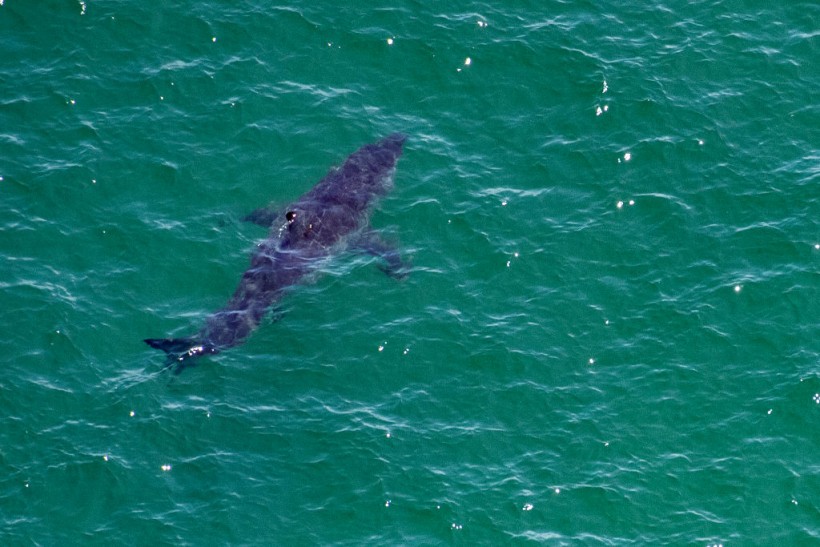Concerns have been raised regarding the status of the great white shark (Carcharodon carcharias) throughout South Africa due to significant decreases in the species' presence in the region.
Skilled shark spotters in Cape Town recorded a peak of more than 300 great white shark sightings across eight beaches in 2011; however, no sightings have been reported since 2019.
These declines have raised alarm among scientists about the overall conservation status of the species.
Read Also: Genetic Analysis of Great White Shark Reveals Surprises
Changes location
To understand the decline of shark sightings in the area, the distribution of sharks in the waters off the coast of South Africa has been the subject of a thorough investigation of the data gathered by researchers, tour operators, and shore anglers.
According to the data, there are notable variations in abundance at key gathering sites as well as reductions in some areas.
Some locations experienced decreases, while others experienced growth or stability. There seems to be a consistent tendency overall.
This shows that since receiving protection in 1991, the number of white sharks has remained stable.
Shark sightings at Seal Island in False Bay (Western Cape) decreased from 2.5 per hour in 2005 to 0.6 in 2017.
In 2013, beach anglers in Algoa Bay to the east captured just six individual sharks. This number had increased to 59 by 2019.
Scientists described the changes at each site as complex, and understanding the pattern remains a challenge.
The study noted that the changes in geographical distribution need to be closely monitored due to their socioeconomic impact on cage diving activities, tourism and risk of human-shark incidents, as well as ecosystem effects on fish community structure.
Researchers, however, said that it remains a concern that there had been no evidence of population increase following protection in 1991 and that the mean size of female white sharks caught in the KZNSB bather protection program has declined.
Conservation of sharks
The risk environment for white sharks is intricate.
According to a report published in 2022, white sharks and longline and gillnet fisheries share 25% of South Africa's Exclusive Economic Zone. 15% of the sharks' time was spent near these fisheries.
KwaZulu-Natal reported the most white shark catches, with an average of about 32 per year.
This highlighted the requirement to evaluate efforts to protect shark populations by combining shark mobility with trustworthy catch records.
Shark migration patterns are shifting eastward, and the possible change in risk needs to be taken into account.
The likelihood of captures may rise as there is more overlap among white sharks, shark nets, drumlines (baited hooks), and gillnets.
The researchers suggest that to comprehend the causes of shark movements and their effects on distribution through area and time, more research is needed.
The study also highlights the value of standardized data collection procedures to produce accurate abundance figures over their entire range. The issue also affects other nations.
Furthermore, creating long-term monitoring programs along the Eastern Cape and carrying on with efforts to lessen shark fatalities is also important.
Related Article: Group of Great White Sharks Spotted Hunting Together in a 'Kill Zone'
Related Video:
© 2024 NatureWorldNews.com All rights reserved. Do not reproduce without permission.






